The Land Rover Defender has been synonymous with exploration, grit, and unmatched capability. From the Scottish Highlands to the African savanna, its boxy silhouette is a symbol of go-anywhere confidence. But every legend eventually gets reimagined—and the Land Rover Defender Dakar D7X-R is exactly that: a bolder, more extreme interpretation of the modern Defender, engineered to dominate one of the most punishing races on Earth.
While not an official production model, the D7X-R concept embodies everything enthusiasts dream of when imagining a race-bred Defender purpose-built for Dakar Rally chaos. Imagine the precision of new Defender engineering fused with the brutal resilience of a rally raid monster. That’s the spirit of the D7X-R.
Born From Dakar DNA
The Dakar Rally is notorious for eating “normal” off-road vehicles alive. It demands power, endurance, and a chassis that shrugs off punishment at 100 km/h over rock gardens. The D7X-R concept takes its name from Land Rover’s D7x architecture—already one of the strongest unibody platforms in the industry—and pushes it further.
Where the production Defender’s structure is engineered for extreme torsional rigidity, the D7X-R imagines a reinforced version with upgraded crash structures, rally-grade underfloor protection, and expanded suspension hardpoints. In Dakar conditions, where a single sharp dune can crush a weak chassis, this level of reinforcement is vital.
The design brief for the D7X-R is simple: survive at high speed where survival itself is an achievement.
A Powertrain Built to Punish the Desert
To conquer Dakar, a vehicle needs a powertrain that balances raw output with reliability. The imagined D7X-R opts for a high-output twin-turbocharged V8, tuned for desert endurance rather than peak horsepower theatrics. Think around 600 bhp, with torque delivery optimized for soft sand, steep dunes, and long endurance stages where heat kills engines faster than revs.
A heavy-duty rally-spec cooling system would be essential—giant intercoolers, upgraded radiators, and airflow channeled through an aggressively sculpted hood. A snorkel is a given, not for water this time, but to keep the intake clear of choking dust clouds.
Suspension That Laughs at Terrain
Off-road suspension is where the D7X-R really flexes its endurance pedigree. The standard Defender already offers exceptional wheel articulation, but the D7X-R would take it further with:
- Long-travel dampers (likely 40–50% more travel than stock)
- Rally-tuned coil-over suspension with external reservoirs
- A wider track for high-speed stability
- Heavy-duty forged control arms
- Massive 35–37 inch off-road tires on beadlock wheels
The combination allows the Defender Dakar D7X-R to float across washboard sand, soak up dune landings, and claw through rocky stages without shaking itself to pieces.
Ground clearance would increase significantly, and approach/departure angles would be sharpened with redesigned bumpers. In Dakar, hitting the dune crest at the wrong angle is easy—and catastrophic if the nose digs in. The D7X-R’s geometry would ensure it skims rather than spears into obstacles.
Exterior Designed for Function—with a Hint of Fury
Aesthetically, the Defender Dakar D7X-R looks like a Defender put through a fitness montage. Think:
- Aggressive carbon-fiber fender flares
- Roof-mounted LED light bars
- Integrated roll cage
- Rear-mounted spare wheels
- Quick-release body panels
- High-mounted air intakes and cooling ducts
- Reinforced steel skid plates running the length of the underbody
The body would retain the Defender’s iconic upright shape but sharpened with functional aero enhancements. Every scoop, slit, and vent serves a purpose. Even the rear windows could be replaced with mesh inserts to help hot air escape the cabin.
Interior: Minimalist, Functional, Purpose-Driven
Inside, The Dakar D7X-R abandons luxury for race efficiency. Lightweight composite panels replace soft-touch materials. The seating is pure motorsport—Recaro racing buckets with six-point harnesses. A rally navigation array dominates the dash, complete with dual GPS units, co-driver readouts, and switchgear for auxiliary systems.
A full FIA-spec roll cage turns the cabin into a protective cell. There’s no infotainment screen, no ambient lighting—just the essentials needed to race through the desert at breakneck speed.
Why the Defender Dakar D7X-R Matters
The D7X-R isn’t just a fantasy exercise—it represents a growing trend: mainstream automakers exploring extreme motorsport-inspired variants that enthusiasts crave. As performance trucks and SUVs surge in popularity, a Dakar-spec Defender would land squarely in the realm of halo machines like the Ford Raptor R, Toyota GR Hilux race trucks, and the Audi RS Q e-tron.
Even as a conceptual build, it symbolizes what the Defender could achieve when pushed to its absolute engineering limits. It blends heritage with high-tech capability and reminds the world that Land Rover’s ethos isn’t just luxury—it’s adventure, endurance, and engineering resilience.
Final Thoughts
The Land Rover Defender Dakar D7X-R is the kind of dream machine that sparks imagination. It’s raw, rugged, unapologetically extreme—and perfectly suited for a race where only the strongest survive. If Land Rover ever wanted to return to motorsport in a dramatic way, a Dakar-ready Defender like the D7X-R would be the ultimate statement.
Until then, The D7X-R stands as a tribute to the spirit of exploration and the relentless pursuit of capability. A desert warrior forged in imagination, but rooted in everything the Defender has always stood for.
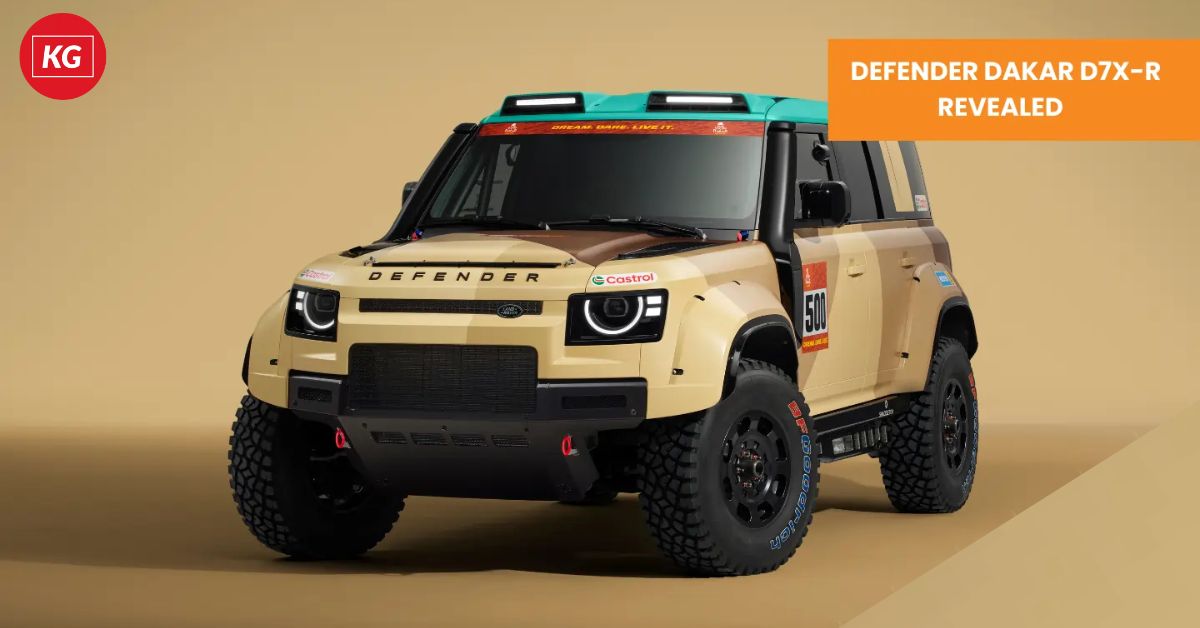



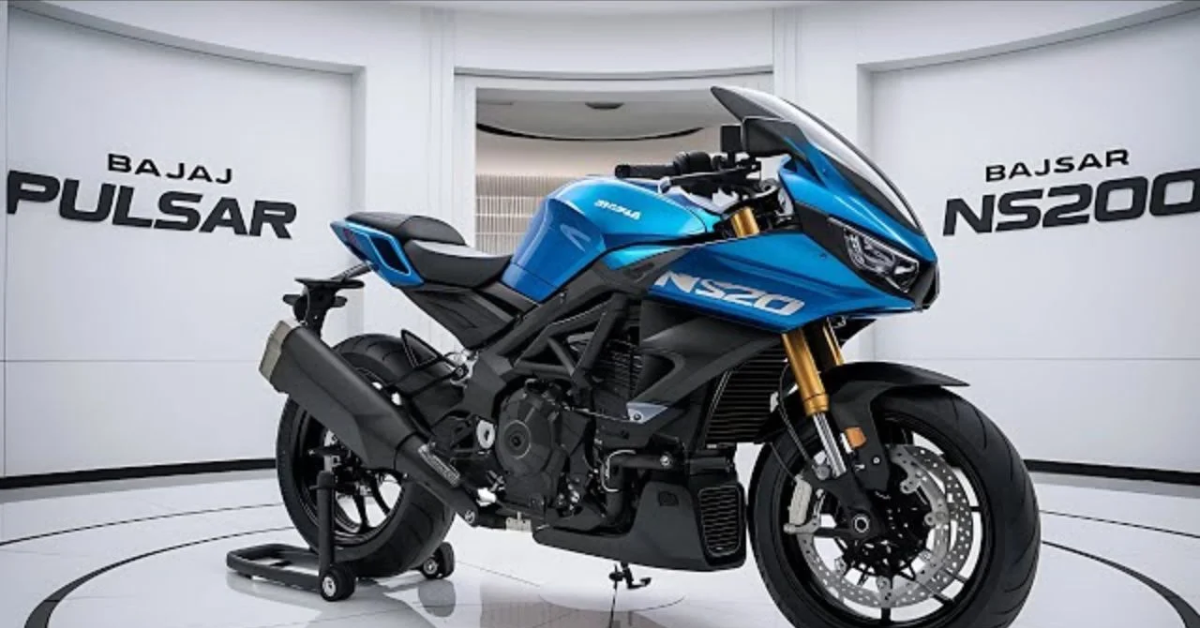
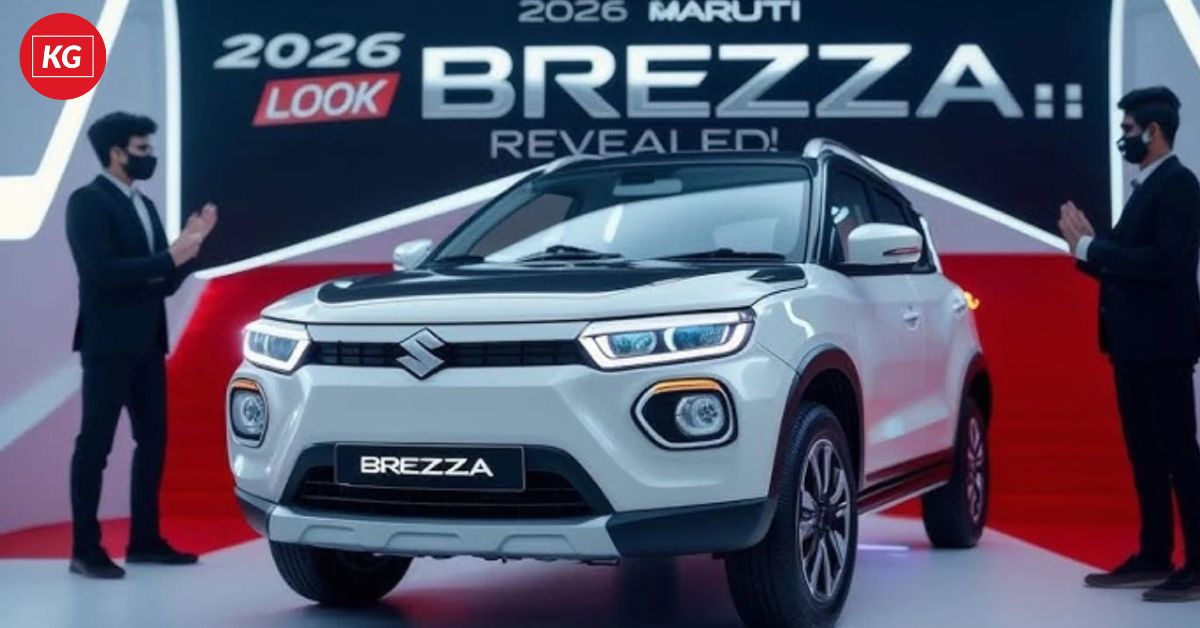
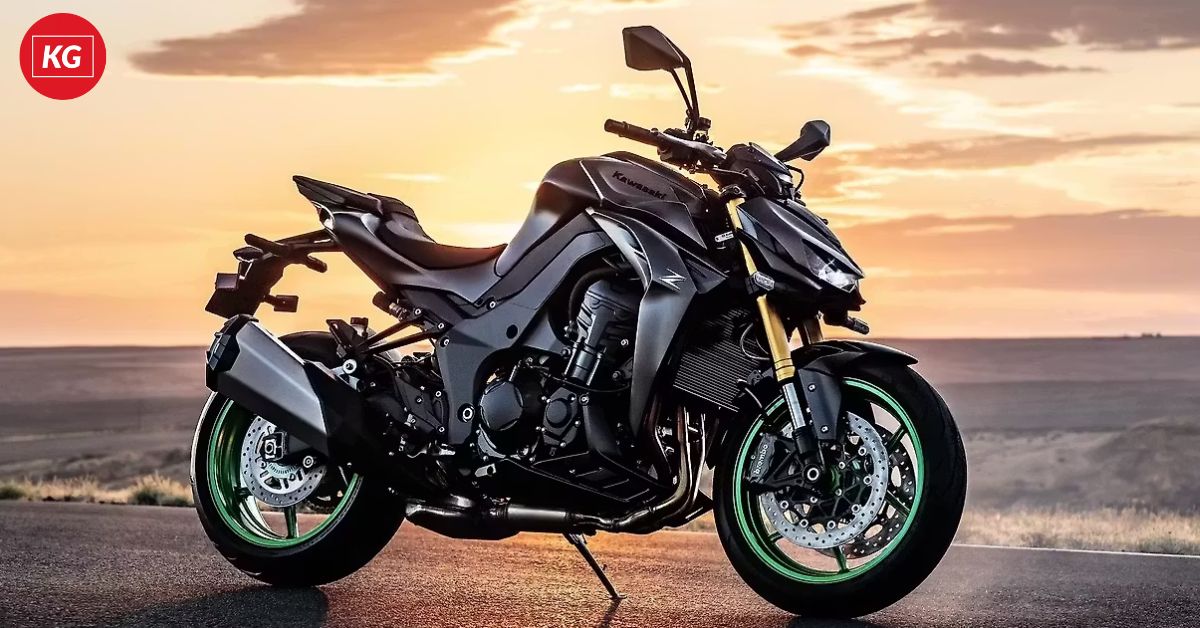
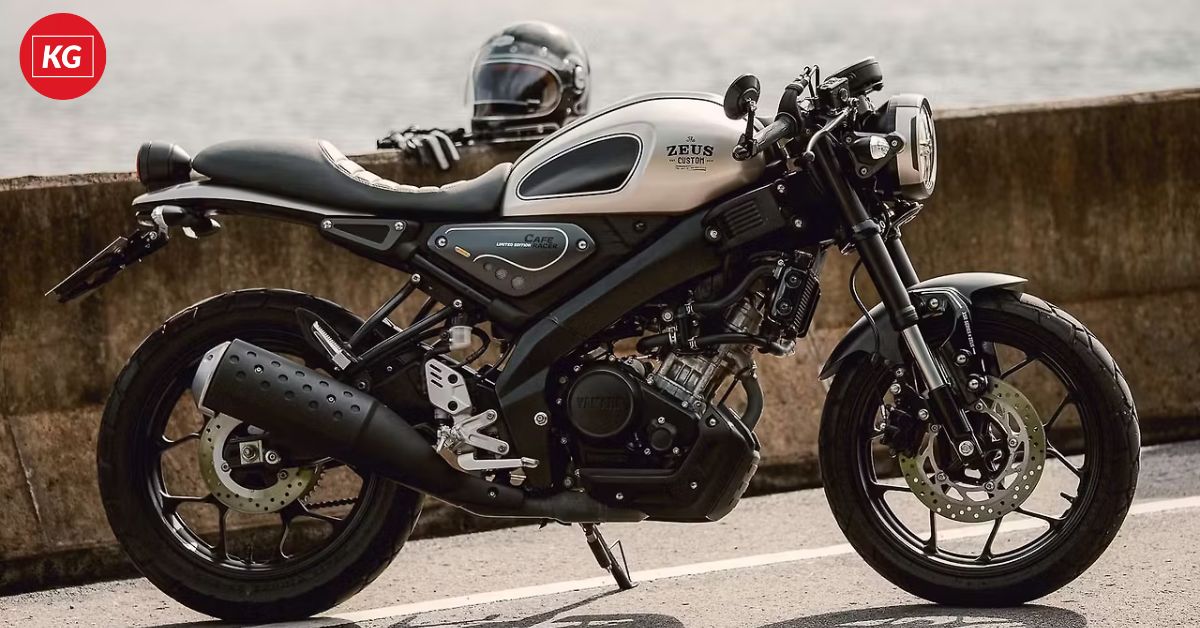
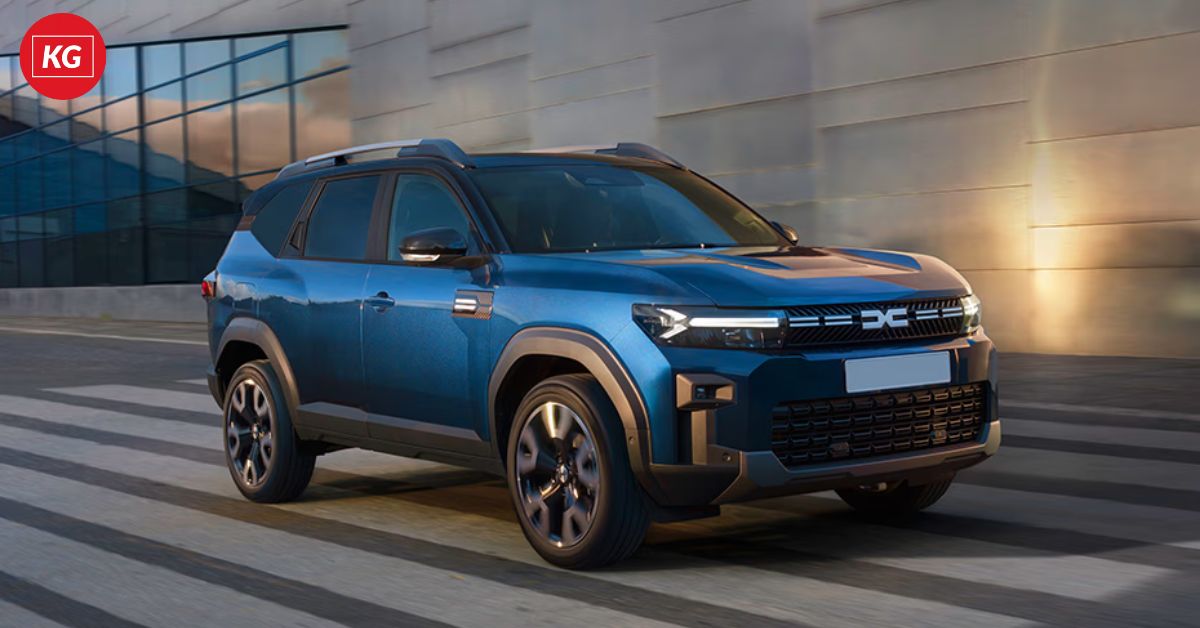


Leave a Reply